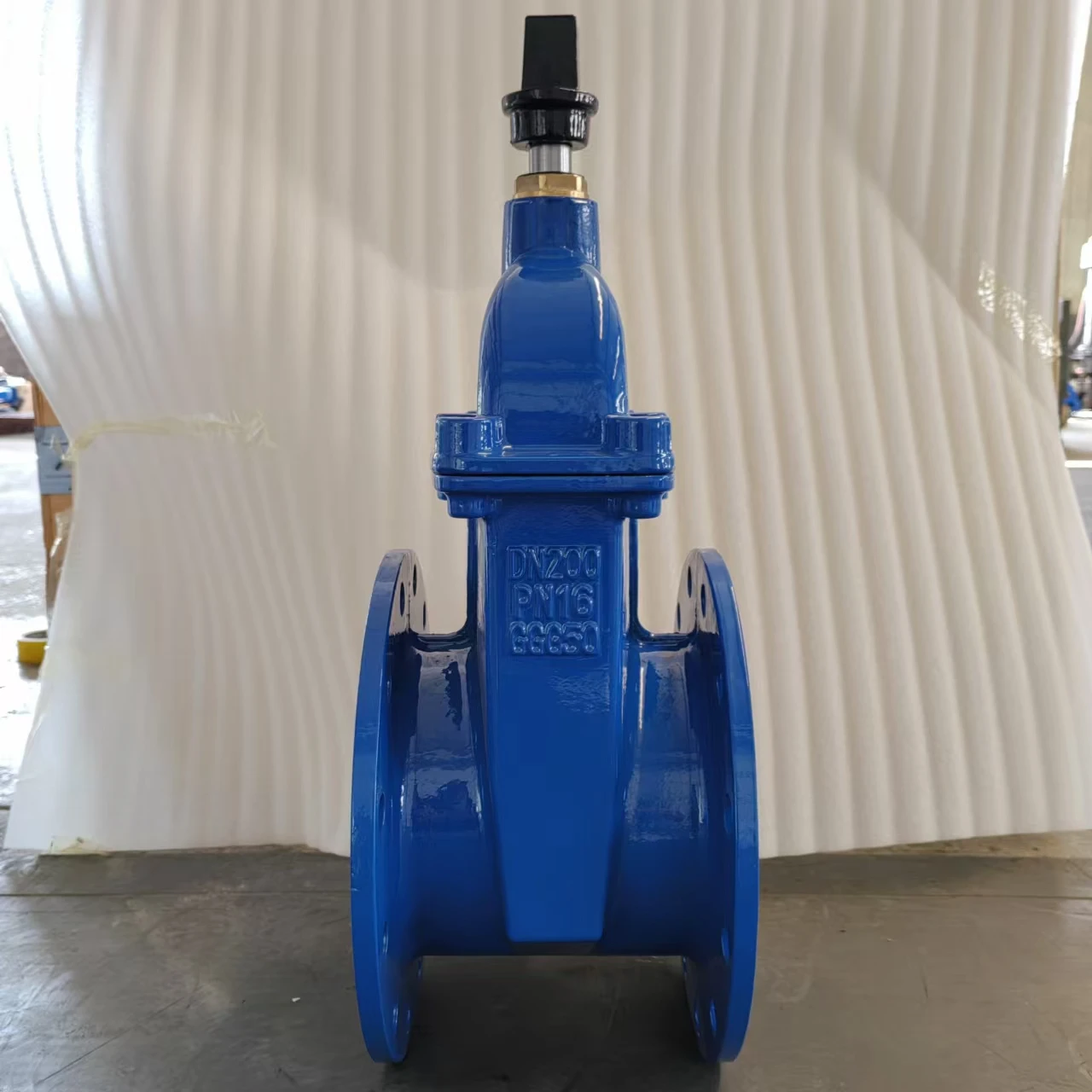manual wafer butterfly valve dn150
Manual Wafer Butterfly Valve DN150 An Overview
Butterfly valves are essential components in various industrial applications, particularly in the fluid control systems of pipelines. The manual wafer butterfly valve, especially in the DN150 size, plays a significant role in effectively regulating flow and ensuring system integrity. This article aims to explore the features, advantages, applications, and maintenance of manual wafer butterfly valves in the DN150 size.
What is a Wafer Butterfly Valve?
A wafer butterfly valve is a type of valve that consists of a circular disc that rotates around a central axis to regulate the flow of fluids. Unlike conventional valves, the wafer-style design allows for easy installation between flanges, eliminating the need for costly support structures. The DN150 designation refers to the nominal diameter of the valve, measuring 150 millimeters (or about six inches). This size is commonly used in medium to large piping systems.
Key Features of Manual Wafer Butterfly Valve DN150
1. Robust Construction The DN150 butterfly valve is typically constructed from durable materials such as ductile iron, stainless steel, or cast iron, making it suitable for various environmental conditions and pressure levels.
2. Simple Operation As a manual valve, operation involves turning a lever or handwheel to open or close the valve, providing operators with full control over fluid flow.
3. Pressure Rating Most DN150 butterfly valves operate effectively at pressure ratings of up to 16 bar, making them ideal for a range of applications in water, wastewater, and chemical industries.
4. Lightweight Design The wafer design allows for a lighter overall construction compared to traditional valves, reducing installation effort and costs.
5. Versatile Sealing Options These valves can be equipped with different sealing materials (like EPDM or PTFE) to suit specific fluid types, temperatures, and conditions.
Advantages of Manual Wafer Butterfly Valve DN150
1. Space Efficiency The compact design of wafer butterfly valves means they require less space compared to other valve types. This can be particularly beneficial in installations where room is limited.
2. Cost-Effective Due to their simple design and reduced material usage, wafer butterfly valves are often more affordable than other types, especially in sizes like DN150.
3. Flow Control These valves provide excellent control over flow rates, which is crucial for systems that require precise measurement and modulation.
manual wafer butterfly valve dn150

5. Maintenance Ease With fewer moving parts compared to more complex valve designs, maintenance is often simpler and less frequent.
Applications of DN150 Manual Wafer Butterfly Valves
Manual wafer butterfly valves in the DN150 size find extensive use across various industries, including
- Water Treatment Plants Used for controlling the flow of water in filtration and treatment processes. - HVAC Systems Regulating the flow of heating and cooling fluids within buildings.
- Food and Beverage Industry Managing the transport of liquid ingredients or products where sanitary conditions are paramount.
- Chemical Processing Handling a wide range of chemical fluids, ensuring safety and efficiency in the process.
Maintenance Tips for Manual Wafer Butterfly Valves
To ensure longevity and optimal performance, regular maintenance of the DN150 butterfly valve is essential. Here are some tips
1. Regular Inspections Periodically check for signs of wear, fluid leaks, and corrosion.
2. Lubrication Apply lubricant to the stem and other moving parts to prevent friction-related damage.
3. Seal Replacement Inspect seals for degradation and replace them as necessary to prevent leaks.
4. Operational Testing Regularly test the valve function to ensure smooth operation and responsiveness.
5. Documentation Maintain records of maintenance activities and inspections for future reference.
Conclusion
The manual wafer butterfly valve DN150 is an invaluable tool in fluid management systems, combining efficient design with robust performance. Its diverse applications and cost-effectiveness make it a preferred choice among engineers and operators in various industries. Proper selection, installation, and maintenance will guarantee that it provides reliable service for years to come.
-
The Smarter Choice for Pedestrian AreasNewsJun.30,2025
-
The Gold Standard in Round Drain CoversNewsJun.30,2025
-
The Gold Standard in Manhole Cover SystemsNewsJun.30,2025
-
Superior Drainage Solutions with Premium Gully GratesNewsJun.30,2025
-
Superior Drainage Solutions for Global InfrastructureNewsJun.30,2025
-
Square Manhole Solutions for Modern InfrastructureNewsJun.30,2025
-
Premium Manhole Covers for Modern InfrastructureNewsJun.30,2025
